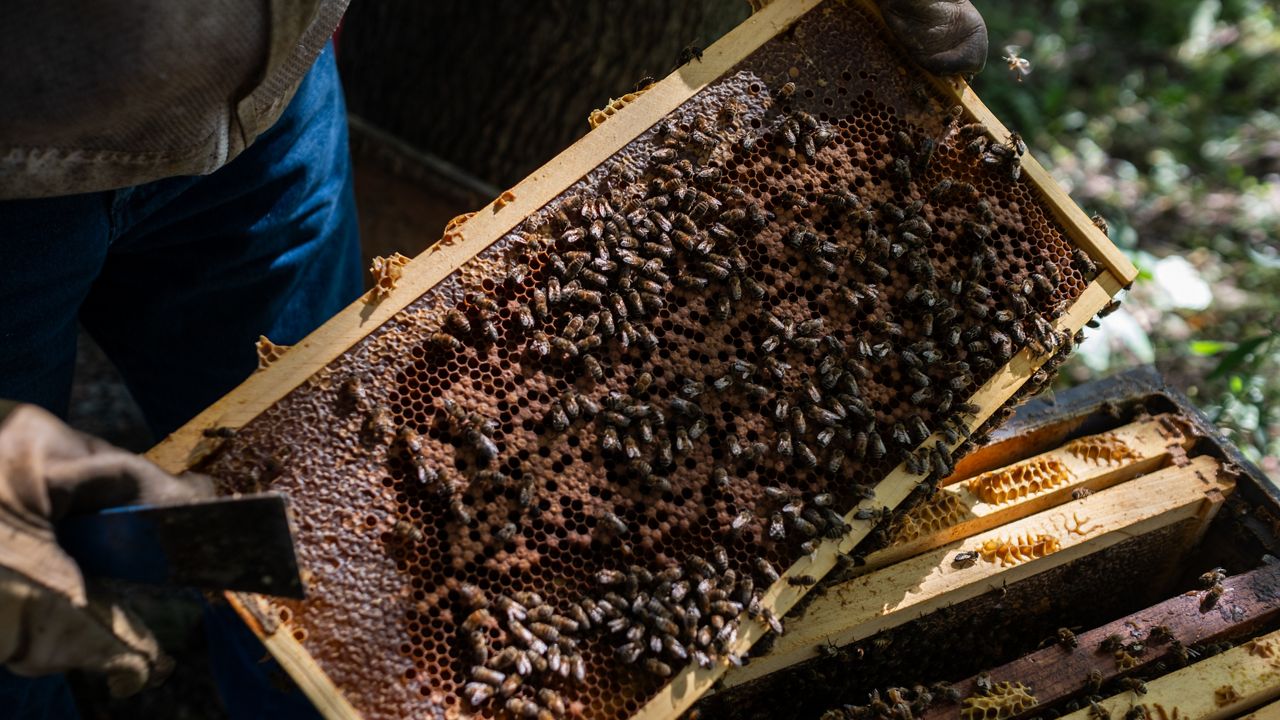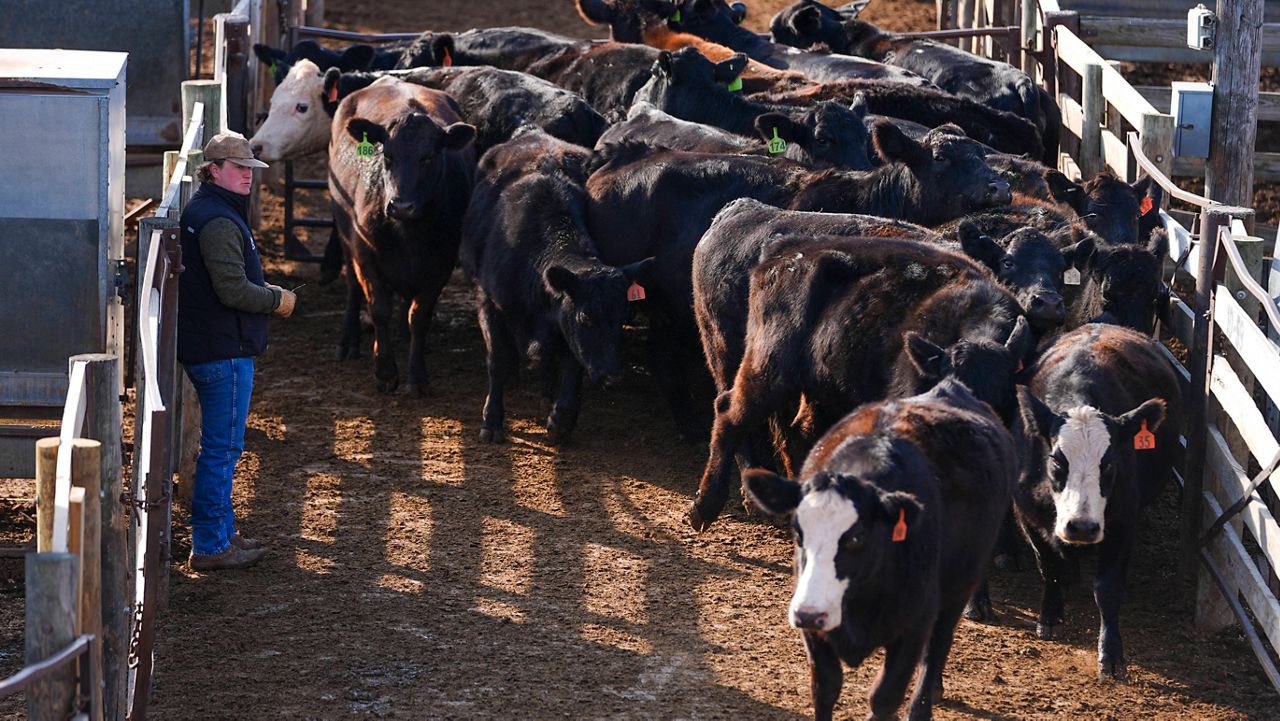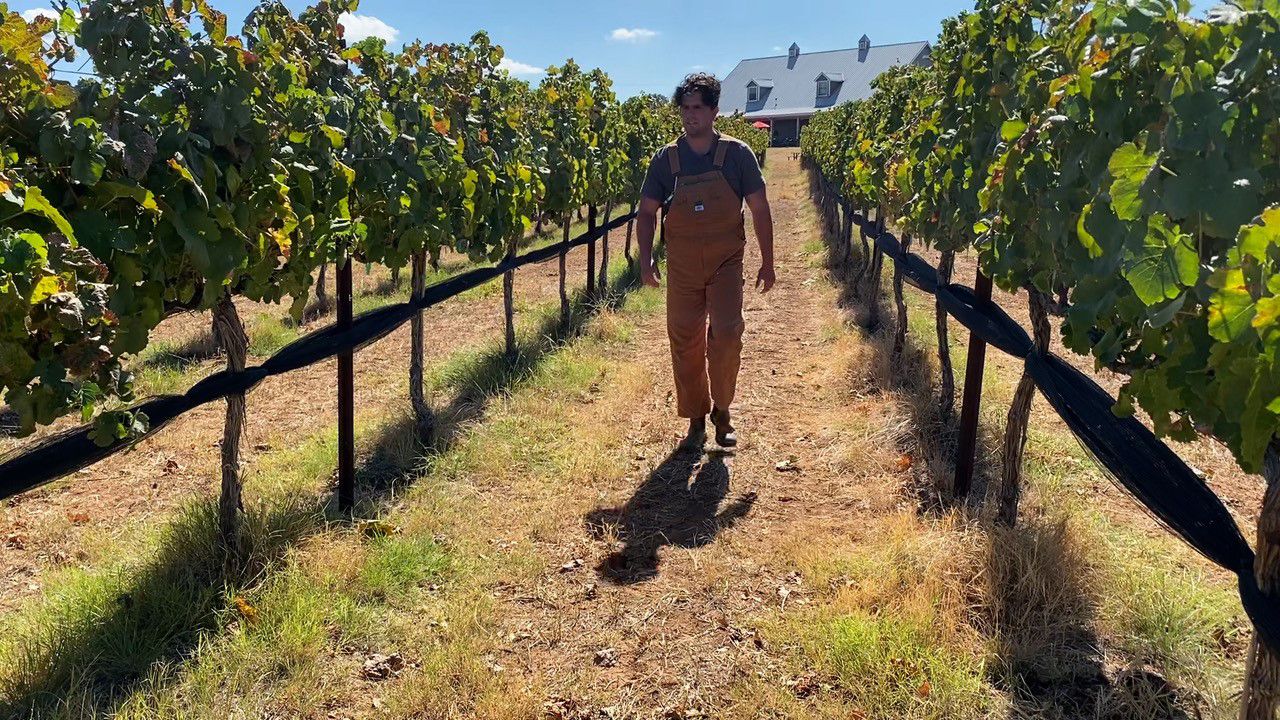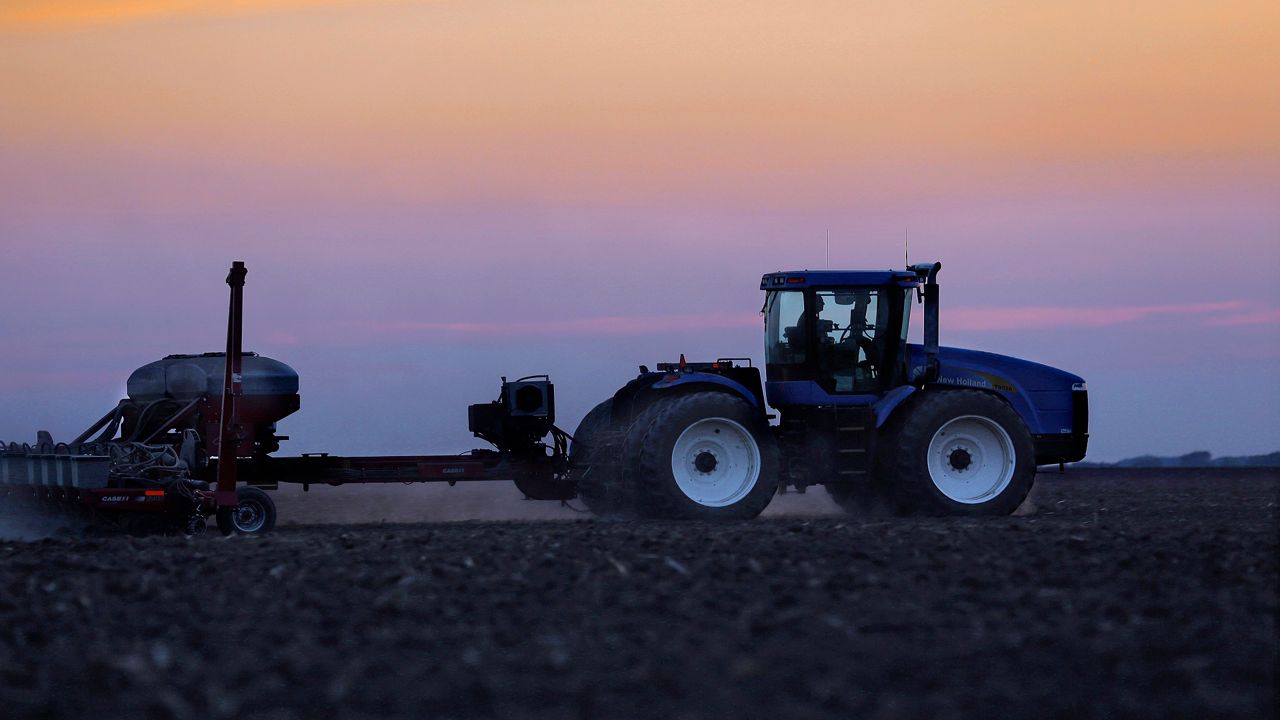THRALL, Texas — Stiles Farm manager Ryan Collett says he’s lucky to have some harvestable cotton on their 2,716 acres in east Williamson County.
"Nothing good can happen with this cotton still here,” Collett said. "The best thing we can do is get it out of the field, take our money and run. Get ready for next year."
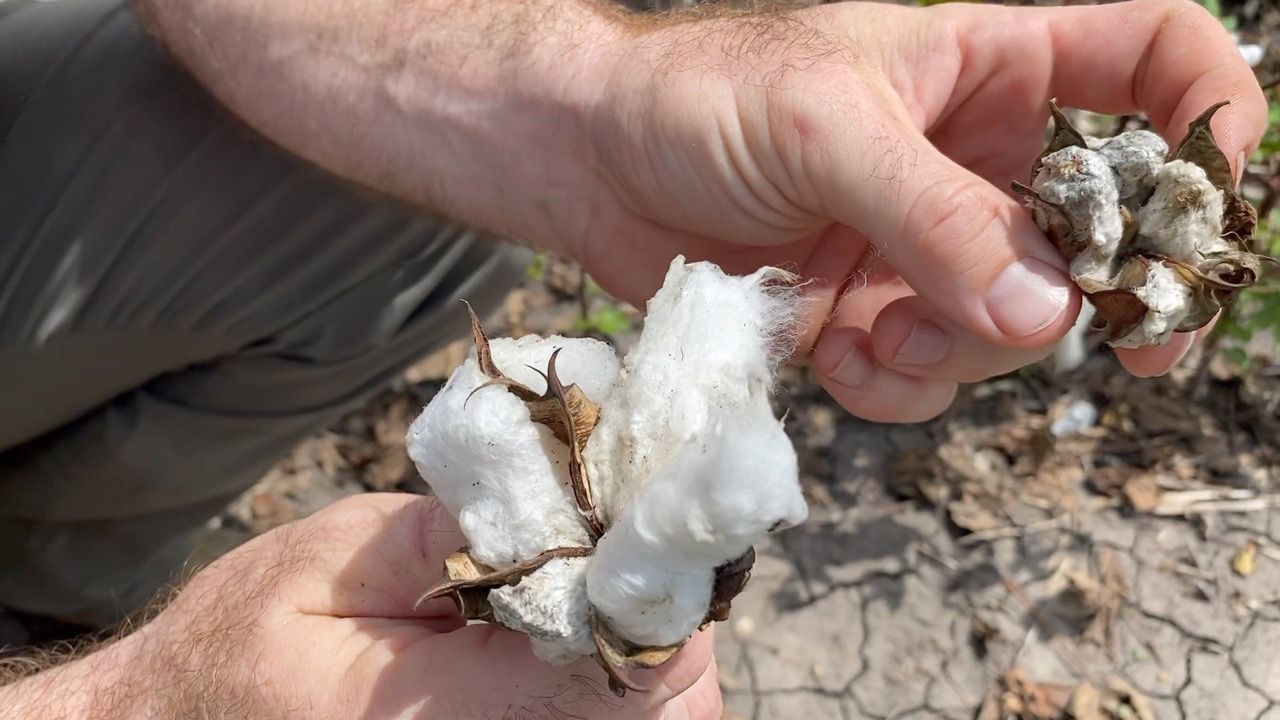
The experimental farm in Thrall features a smaller plot compared to nearly 6,000 others across Texas. Most are dealing with brutal heat and drought conditions, which have crushed a cash crop that generates $7.5 billion for the state annually.
"This was just so extreme this year the dry, some of the cotton had a bit of moisture at planting and nothing until now,” Collett said.
These La Niña effects, similar to what farmers faced in 2011, forced about 69% of cotton producers to abandon their crops before the process could truly begin.
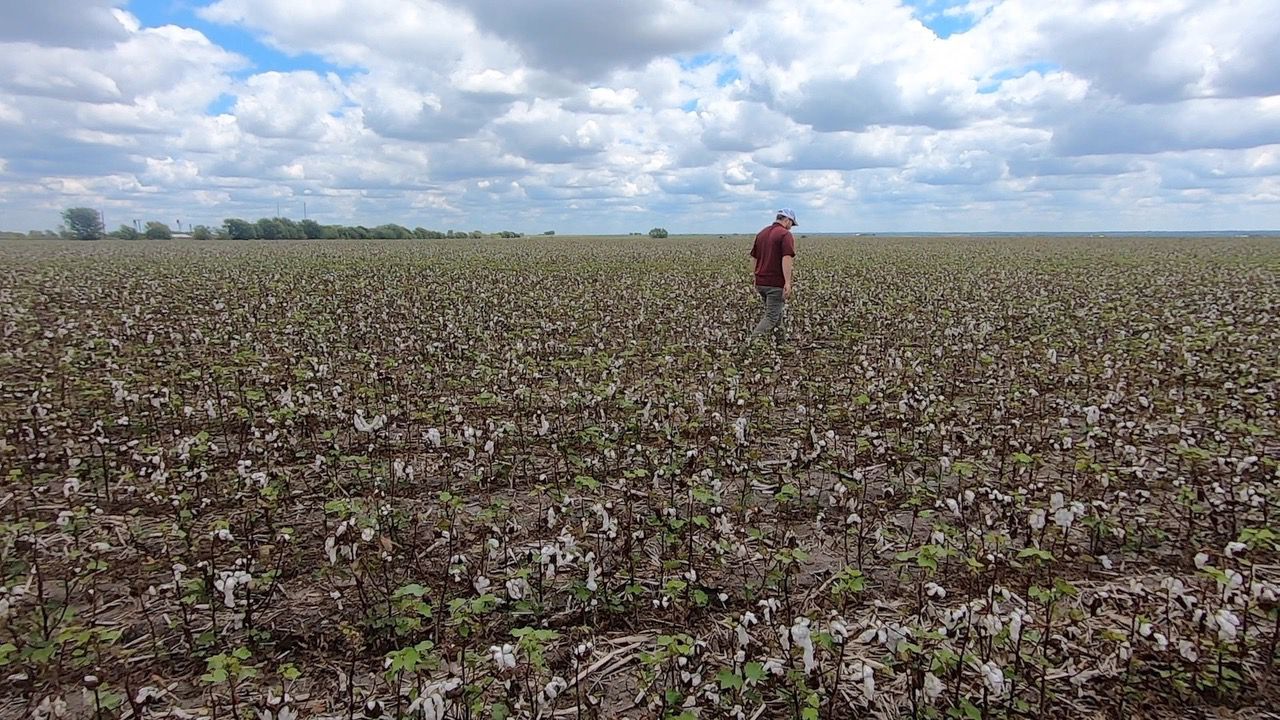
"The challenges are getting harder every year,” Collett said. "I would say as a matter of opinion, just sort of morale of the farmers in this area is at a low point."
The Texas Farm Bureau estimates the entire state will produce 2.9 million bales (480 pounds) of cotton this year, down 62% from 7.7 million last year.
"The severity of this drought really impacted yield and production,” Commodity and Regulatory Activities Associate Director Brant Wilbourn said. "Leading to a lot of acres being failed out or not even harvested."
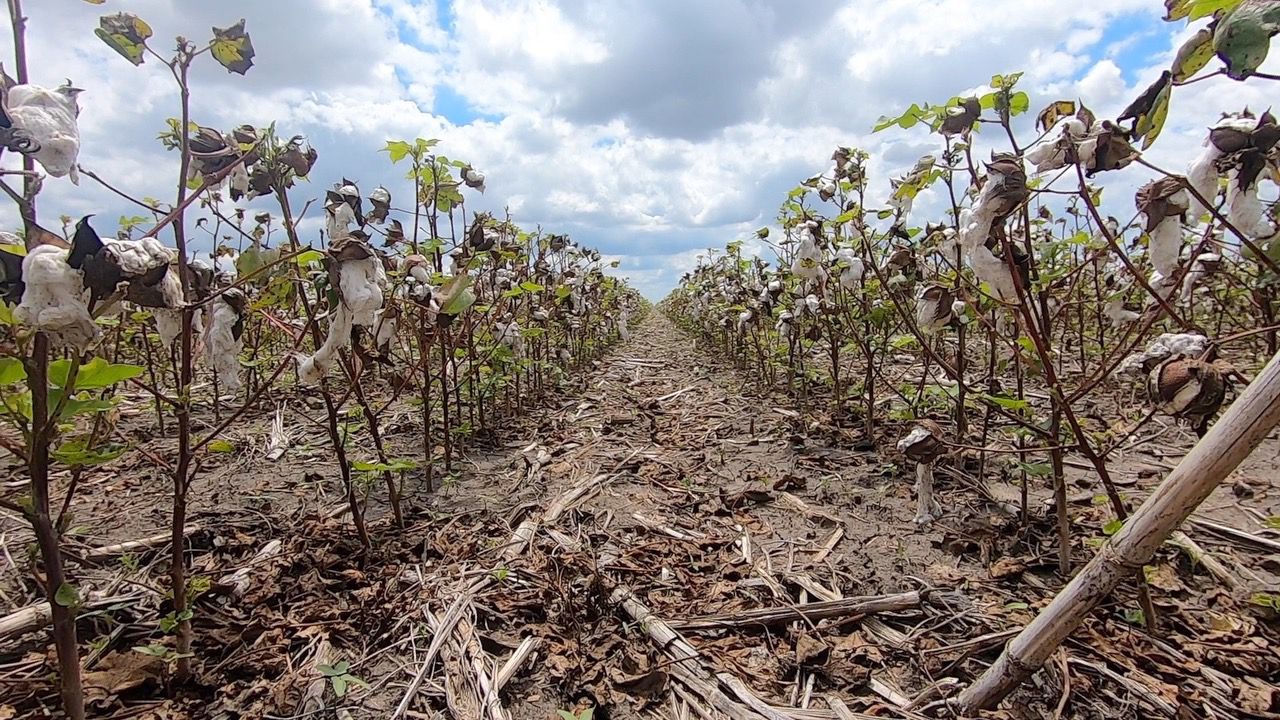
The Federal Crop Insurance Program will keep many farms afloat, but what will be the future for this fabric of the Lone Star State?
"I think we will continue to be a large provider of cotton, especially in the west part of the state,” Wilbourn said. "So just hope next year we get more rains like we've seen recently."
Collett also plans to harvest cotton next season and says, despite the difficulty, these issues come with the territory of the agriculture business.
"It's a lot more fun when you're looking at two bales of cotton instead of 300-400 pounds of cotton,” Collett said.






